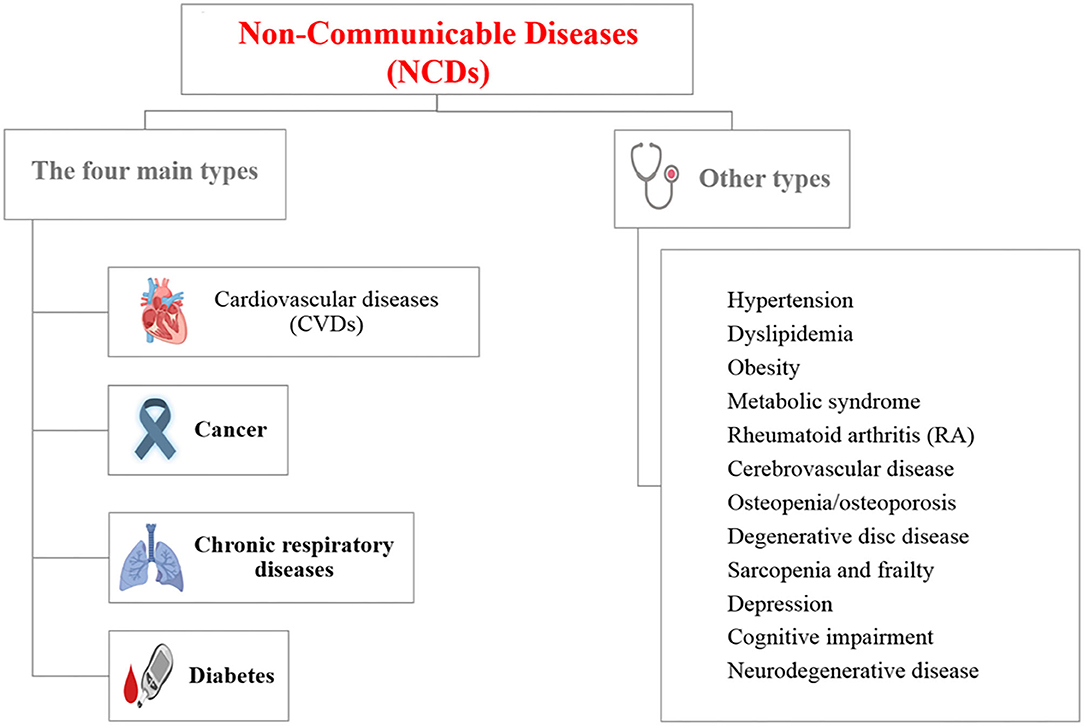Non-operating Expense: Definition, Examples & Method
Correct monitoring and management of non-operating bills guarantee compliance with tax rules, decreasing the risk of errors and safeguarding the company’s status. For occasion, calculating the curiosity coverage ratio by dividing EBITDA by interest bills can point out whether a company generates enough operational revenue to cowl its debt obligations. Including non-operating bills in KPIs ensures that decisions are primarily based on the full monetary image.
What’s Included In Working Expenses?
By identifying and addressing inefficiencies in non-operating expenses, corporations can scale back financial waste and enhance overall profitability. For instance, frequent foreign change losses might point out poor hedging methods, while high-interest funds might point to unfavorable loan phrases. Similarly, companies with manageable non-operating bills show better financial management.

Conduct Cost-benefit Analysis
Properly accounting for non-operating bills ensures compliance with tax legal guidelines while optimizing tax financial savings. Consulting with tax professionals is crucial for leveraging these benefits with out compromising monetary stability or long-term growth. Non-operating expenses typically have tax implications, corresponding to deductible curiosity payments. Properly accounting for these expenses can scale back taxable revenue, bettering overall profitability. Working bills and non-operating bills are distinct categories of prices in accounting, every serving a unique position in monetary reporting.

Compare estimated figures with real-world results utilizing the non-operating bills formula. To better control non-operating expenses in accounting, implement proactive cost management strategies. This includes periodic evaluate, approval thresholds for main expenditures, and monitoring via the method.
Understanding Non-operating Expenses: Separating Core Business Operations From Financing Activities
- They play a vital role in distinguishing a company’s profitability from external monetary factors.
- For example, an organization that persistently tracks and consists of debt servicing costs, asset write-offs, or legal settlements in its price range is much less more likely to face sudden monetary shortfalls.
- Non-operating bills permit businesses to supply a more precise explanation of financial results to stakeholders.
- Prices incurred for storing, handling, insuring, and managing inventory also fall into working expenses.
- By controlling these bills, businesses can improve cash move, enhance stakeholder confidence, and allocate sources extra effectively to strategic initiatives.
Clear visibility into non-operating expenses improves capital allocation selections by providing a extra correct image of returns on invested capital across different business units and tasks. For occasion, interest expenses are typically tax-deductible, making debt financing tax-advantaged in comparability with equity financing in many conditions. Firms that perceive this distinction can construction their capital in ways that maximize tax effectivity whereas sustaining applicable risk levels. For curiosity expenses, this may contain state of affairs planning based on potential rate of interest actions. For funding losses, it may imply stress-testing investment portfolios towards numerous market conditions.

Buyers can use the info from Apple’s 10-K filings to examine whole operating prices for a quantity of quarters or years. They can then examine these numbers to find out whether the corporate effectively manages working costs over time. Wages and salaries for administrative employees are categorized as operating bills. Labor costs which are instantly related to the manufacturing of a business’s primary goods or service are included in Value of Goods Sold, which are not a part of working expenses.
The removing of non-operating bills allows for an evaluation of the company’s core business efficiency. This distinction is invaluable for traders making funding selections based mostly https://www.intuit-payroll.org/ on the analysis of a company’s financial statements. Non-operating expenses in accounting discuss with costs not related to main business activities. Calculating non-operating expenses entails identifying and summing up all costs unrelated to an organization’s core operations. These expenses are typically found within the “Other Expenses” part of the revenue assertion and might embrace curiosity payments, losses on investments, or legal settlements.

A recent survey found that 68% of small business house owners couldn’t accurately identify all their non-operating expenses, leaving 1000’s of dollars unmanaged every month. This oversight, significantly regarding one time bills related to mismanagement, prices American businesses millions annually in potential financial savings. To successfully handle non-operating expenses, having a clear and sensible price range is crucial.
Volopay’s real-time expense tracking gives businesses instant entry to their financial actions, permitting them to observe non operating bills in accountingas they occur. This feature ensures that enterprise owners and monetary managers are all the time conscious of spending patterns, from curiosity costs to authorized settlements. Effectively managing non working bills in accounting helps improve financial efficiency and strengthens long-term sustainability. Whereas these prices lie outdoors a company’s core activities, they can significantly affect general profitability.
Conversely, in a decreasing tax fee surroundings, deferring such bills may be advantageous. Common non-operating expense analyses additionally provide priceless material for annual stories, investor displays, and analyst calls. The capability to show historic patterns and explain strategic responses to those bills demonstrates administration competence.
This builds belief, encourages long-term capital commitments, and reinforces confidence in your leadership’s ability to maintain up constant operational profitability. A recurring instance, like frequent write-offs, could signal deeper structural problems. Addressing these ensures proactive monetary changes and keeps your business agile within the face of market volatility or regulatory modifications. A manufacturing firm that purchases cloth as one of its raw materials, for example, might be able to get a quantity discount on that material. Nonetheless, even with the value break, there’s nonetheless an increase in cost as production will increase. Michelle Payne has 15 years of expertise as a Certified Public Accountant with a powerful background in audit, tax, and consulting services.